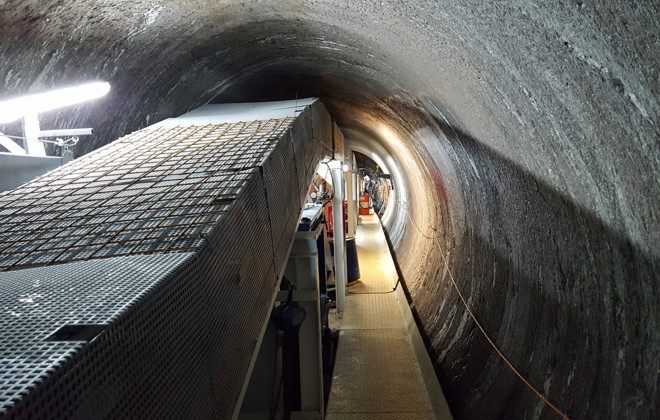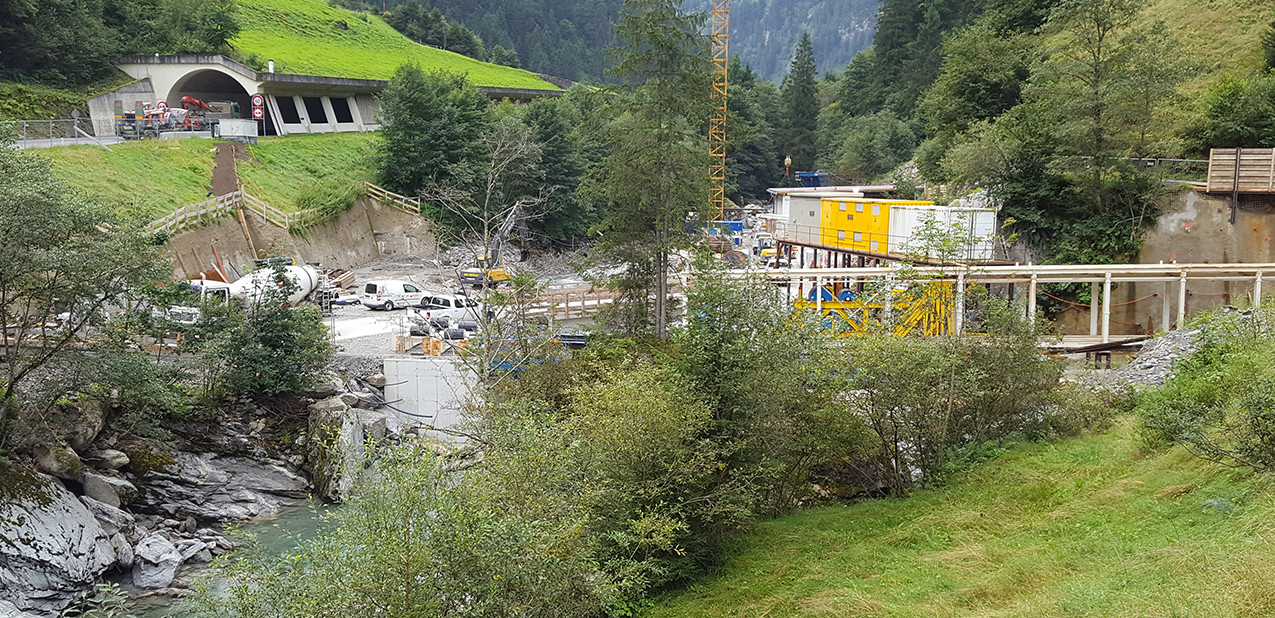Hydroelectric power station Ziller valley - lower Tux river
|
Client: |
Consortium SBT |
|
Location: |
Austria |
|
Construction period: |
2012 - 2026 |
|
Executing companies: |
RK safetec |
| Contract value: |
100,000 EUR |
The power utility, Verbund AG is establishing a new water connection between the Tux valley (Tuxtal) and the Stillup reservoir. This project started in Spring 2017 to be finished at the end of 2019. It will replace the Bösdornau power plant, of which the operating license will expire in 2019. Water from the Tux river will in future be used by the existing Stillup reservoir to generate power. Due to the large difference in water level, a smaller power plant with two Francis turbines, processing 6m³/s and which can generate 1.7 MW, could also be constructed. Interestingly the tunnels of the Lower Tux river ("Unterer Tuxbach") are being drilled using both hard rock tunnel boring machines and partly by means of conventional tunneling methods.
The STRABAG - JÄGER consortium was awarded the contract to constructing an 8.6 km long water transmission line as well as the power plant in the Tyrolean Ziller valley. RK safetec GmbH is responsible for the installation of communication technology, video surveillance and the entire data network required inside the tunnel.
Some details about the project:
- 2 x 70 cm radio base stations for respiratory protective equipment and radio communication
- 5 x 70 cm remote radio communication units inside the tunnel
- 10 x emergency telephones
- several video cameras to monitor the conveyor belt
The control station of the tunnel boring machine was equipped with a robust touch screen on which camera images are displayed. This allows the staff access to visual images at any time, in order to obtain an overview of the conveyor belt and the waste.
Works officially started on the 17th of February 2017 and the construction is foreseen to be completed by 2019.











